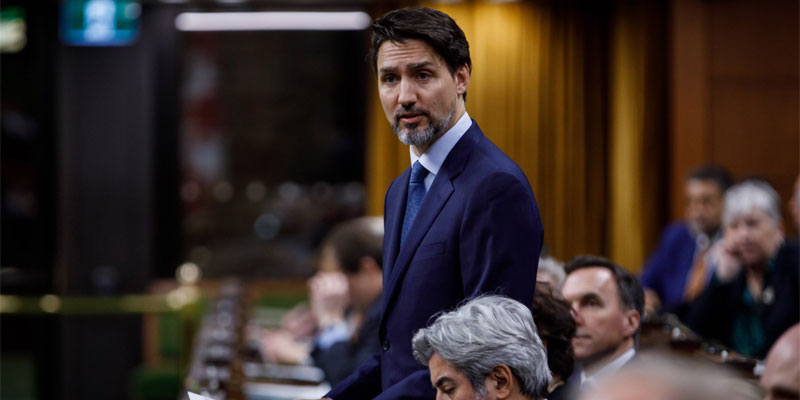Three ways federal government can spur COVID recovery

On April 19, the Trudeau government will table its first budget since the pandemic began. Finance Minister Chrystia Freeland is expected to reveal details on the government’s “build back better” plan of stimulus spending and national daycare. Unfortunately, the budget is unlikely to include several initiatives that would help spur economic recovery.
Indeed, Ottawa (and the provinces) should pursue three policy options that would lay a solid foundation for economic and social progress.
First, Canadian governments should work together to remove trade barriers between provinces. Over the last several decades, restrictive policies have created obstacles for investment, trade and inter-provincial migration. Trade barriers include differences in regulation, certification requirements, preferential treatment for in-province companies and restrictive municipal procurement policies.
These rules and policies reduce worker mobility and increase the price of goods and services. Many of these policies serve no legitimate purpose yet impede economic growth. Recent research estimates that internal trade liberalization could increase Canada’s economic output by between $50 billion to $130 billion annually.
Another related policy option is to cut regulatory red tape broadly across the country. Of course, many government regulations are justified and make sense. However, excessive regulations are costly because businesses in Canada must dedicate money and time on compliance when resources could be put to better use elsewhere.
In a recent study, researcher Laura Jones, an expert on the economics of regulations, estimated that eliminating unnecessary red tape (which does not improve health, safety or environmental outcomes) would save small and medium-sized businesses approximately $10 billion annually. This would be a low-cost way for government to help accelerate the recovery by freeing up resources for Canadian businesses to use on growth-promoting activities such as investment in new technology and equipment, innovation and worker training.
Finally, the federal and provincial governments should pursue broad-based tax reform to spur entrepreneurship, investment and job creation—all of which are critical to economic growth. Canada’s current tax structure (personal income taxes, businesses taxes and capital gains taxes) remains uncompetitive compared to other OECD countries.
Consider that Canada has the 10th highest business tax rate and the seventh-highest top combined (federal and provincial) personal income tax rate among 36 OECD countries, while ranking in the middle of the pack on capital gains tax rates. These comparatively high tax rates negatively affect Canada’s ability to retain domestic investment, attract foreign investment and high-skilled workers, as well as encourage entrepreneurship.
As our economy recovers, we must encourage the creation of new products, services and businesses to drive economic growth. Making Canada’s tax rates more competitive with other countries by reducing taxes on personal income, businesses and capital gains would represent an important step towards achieving those objectives. Simply put, Canada should address its status as a high-tax jurisdiction.
Post-COVID, governments across Canada should consider policies that can meaningfully spur economic growth in both the short-term and long-term. Removing inter-provincial trade barriers, cutting undue red tape and reducing taxes are three policy changes that would help drive economic growth for years to come.
Author:
Subscribe to the Fraser Institute
Get the latest news from the Fraser Institute on the latest research studies, news and events.

